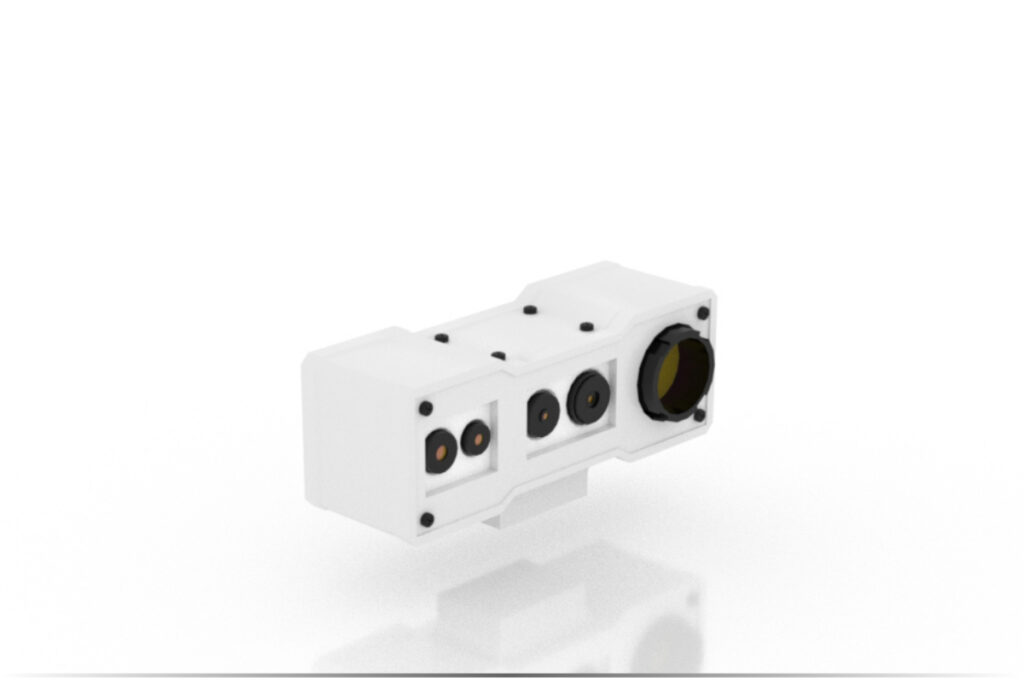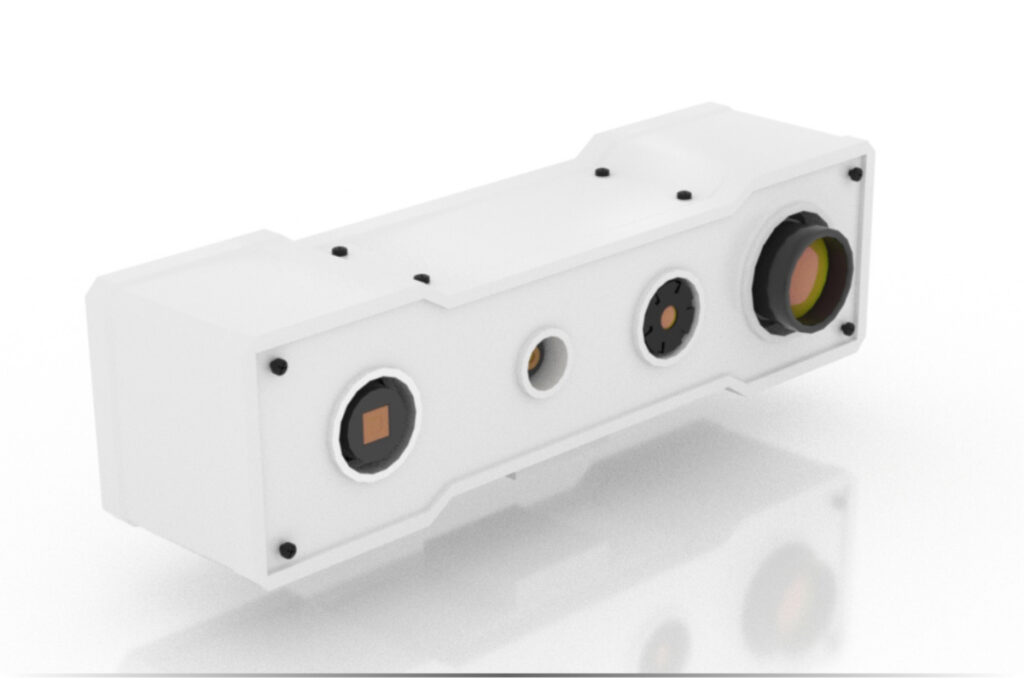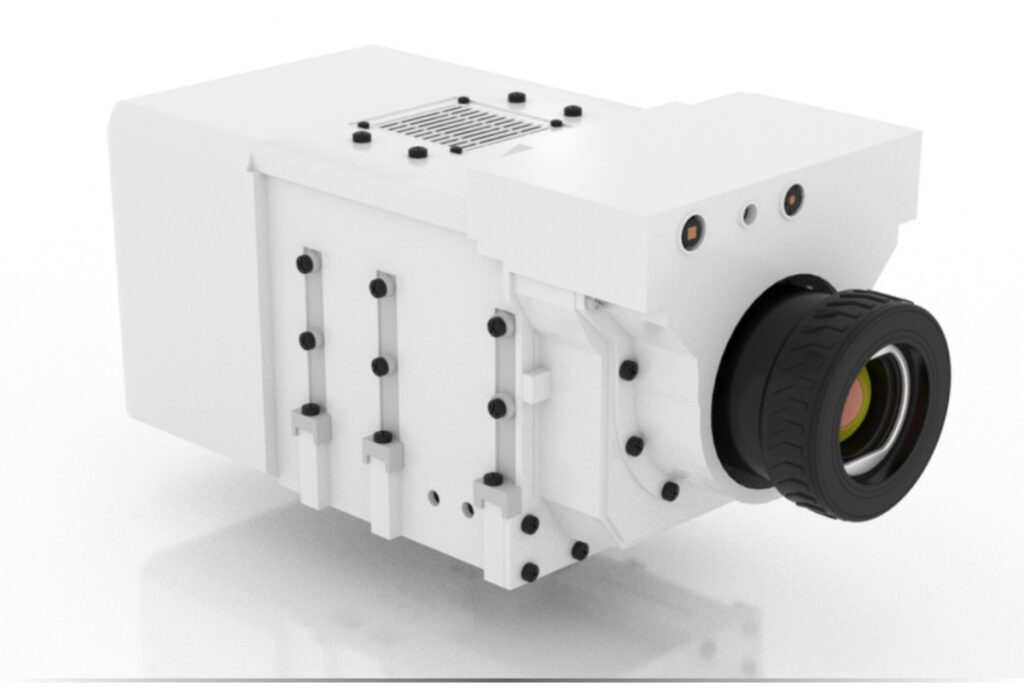We are creating the first optical-based breathing diagnostic tool for pulmonologists that enables new diagnosis procedures for various unaddressed conditions, broadening treatable patient populations, and improving patient care to create a new paradigm in high-resolution visual breathing analytics.

Breathing Visualization

Exhale Behavior Analysis

Visual Data Analytics

Respiratory Diagnostics
Our diagnostic solution is composed of four primary components: (1) the fusion of multiple hardware sensors for breathing visualization, (2) the integration of these data-streams into our software suite to enable exhale behavioral analysis through AI modeling, and (3) the continuous collection and analysis of visualized flow data to (4) improve respiratory diagnostic procedures and outcomes.
The Problem
The early detection of breathing disorders is vital to mitigating serious consequences resulting from declines in pulmonary function, such as decreased cognitive function, increased cardiovascular risk, and irreversible lung damage. Current estimates state that there are 20-25 million people in the U.S. living with unaddressed respiratory conditions, despite a growing pulmonary diagnostic market that is poised to reach over $35.25 billion in 2025. Existing respiratory monitoring devices produce highly inconsistent measurements due to patient effort, alter natural breathing behaviors, and only capture a momentary snapshot of a patient’s pulmonary signature. Additionally, each diagnostic procedure requires a tremendous amount of coordination between patients and clinicians. Our aim is to alleviate these constraints in existing breathing monitoring solutions. Our technology provides a foundation for introducing a fundamentally new form of visual analytics that can be used to address these significant problems.
Solution
Visual diagnostics is a first-of-its kind for the real-time analysis of respiratory behaviors for clinical deployment. By targeting conditions that are under-addressed and cannot be addressed existing devices, our unique contribution to respiratory analysis allows pulmonologists to identify subtle condition indicators in pulmonary behaviors. Through thermal CO2 exhale flow analysis, this method is capable of recording natural breathing behaviors that cannot be obtained using any tube-based solution. This provides a new form of non-contact analysis that can be extensively used with both pediatric and neonatal patients. This is achieved through a four step process that includes: (1) visualizing breathing behaviors through thermal CO2 imaging, (2) analyzing exhale behaviors, (3) computing visual analytics and metrics, and (4) presenting respiratory health metrics for pulmonologists.
The videos above illustrate the current proof-of-concept based on the working hardware prototype and software alpha version. The video on the left shows the monitoring setup for general use and the the video on the right illustrates the screen capture of the program during the monitoring process.
How it works
Recording thermal exhale behaviors is achieved through the integration of multiple infrared (IR) imaging signals that are used to both track respiratory patterns and provide depth measurements to quantitatively measure differences in flow, volume, and identify potential abnormalities. By combining these measurements, we can extract and track flow patterns of natural breathing behaviors, allowing for a more comfortable procedure that is easier to setup, does not require disposable medical products, and less prone to needing repeated studies.

The core of our technology is based on a tightly coupled hardware and software solution. Working with a leading IR imaging device manufacturer (FLIR), customized hardware enables high-precision CO2 exhale flow visualization through the use of filtered thermal imaging limited to the 3-5[µm] band. This data is then combined with depth imaging to provide 3D spatial metrics to all evaluated behaviors. This enables complex flow behaviors to be recorded and modeled in 3D while simultaneously providing several metrics related to pulmonary function including: rate, flow, volume which are the basis for medically significant measurements.
Hardware
Visual detection of turbulent exhale behaviors requires multiple forms of sensing that include high-resolution infrared (IR) thermal and depth imaging. The combination of these two sensors provide the basis for visualizing, tracking, and generating quantitative measurements that can be used to evaluate pulmonary function remotely. Based on these hardware requirements, our software is designed to operate on data streams from fused IR imaging sources.

- Form factor: Small/mobile
- Outpatient/home
- Pediatric/Neonatal

- Form factor: Mobile
- Outpatient clinic
- Clinic/home use/field office

- Form factor: Large/stationary
- High resolution/frame rate
- Visual analytics
To address multiple application domains, we provide several different integrated hardware solutions for continuous monitoring. The Optic SX provides a small mobile solution for outpatient and home use. This device measures approximately 8[cm] and can be used with small tripods. As the main outpatient monitor that can be used within a large variety of medical studies, the Optic S provides a higher image resolution for identifying significant condition symptoms such as identifying Obstructive Sleep Apnea (OSA). For the identification of minute flow behaviors, data analytics, and hospital deployment, the Optic MED model provides the highest possible resolution, dense 3D exhale reconstruction, and data collection towards early detection of chronic conditions.
Software
Real-time Monitoring Solution: Our current software solution provides real-time analysis of visualized exhale flows as an informative initial step towards identifying exhale behavior characteristics. This software includes the ability to view, record, process, and generate metrics from data-streams provided by the hardware solutions illustrated above. The following video provides a demonstration of the early alpha processing interface for real-time exhale analysis.
Technology Features: Towards the implementation of key outcomes that we provide (VPs) that span across a wide variety of different applications, we identify the significant factors that enable the utility of our technology. Each of these features represents key contributions of the core technology achieved by our comprehensive hardware/software solution currently in our working prototype.
![]() Dense exhale CO2 behavioral tracking, modeling, and recording
Dense exhale CO2 behavioral tracking, modeling, and recording
![]() Automated monitoring: Does not require constant clinician support
Automated monitoring: Does not require constant clinician support
![]() Real-time exhale visualization, both thermal and exhale flow extraction
Real-time exhale visualization, both thermal and exhale flow extraction
![]() Optimized to operate on a large variety of computers including laptops and mobile stations
Optimized to operate on a large variety of computers including laptops and mobile stations
The current hardware and software implementation of our solution is based on a collection of different components including: OEM sensor vendors and the in-house development of hardware and software. We aim to provide various levels of features based on the selected application and objective of the study type.
For more information about our current technology prototypes, studies enabled through Children’s Hospital Colorado, or for information related to the capabilities of our solution, please Contact Us.